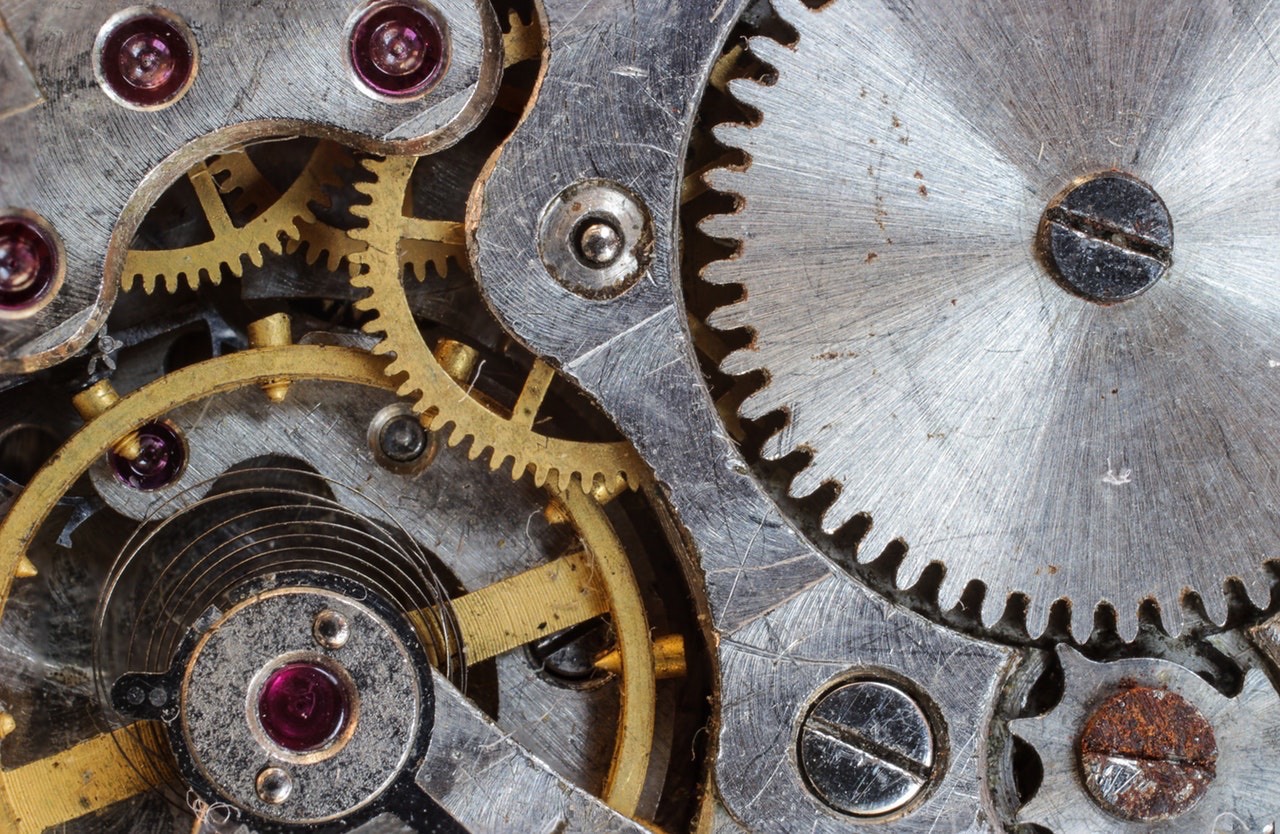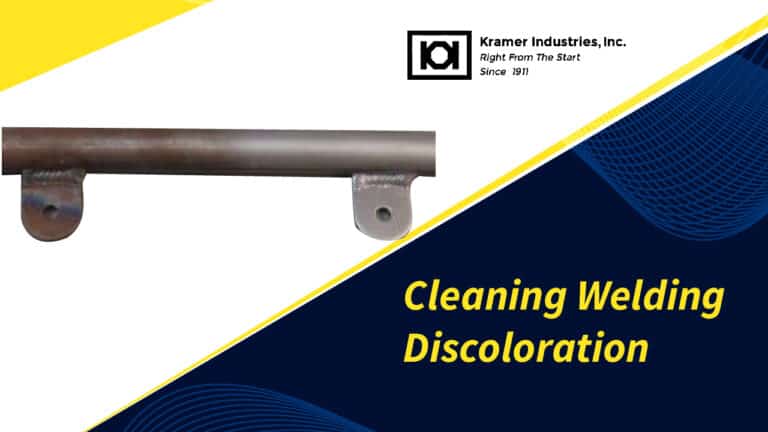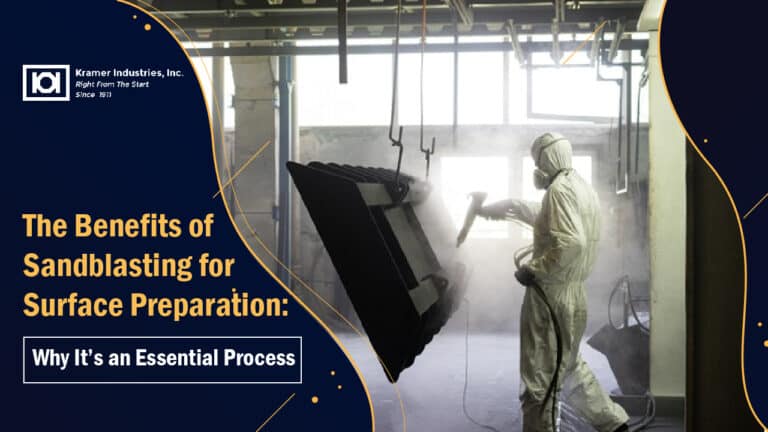What’s Right for Your Project?: Water Blasting vs. Sandblasting
When it comes to finalizing a project, the selection of a surface finishing method is often in order. Surface finishing is essential when you’re about to paint, apply a sealant, or need to smooth a surface to meet roughness requirements. Cleaning the surface of your project can be essential for preserving the quality of your intended coating as well as the integrity of the surface itself. The right type of surface finishing method will effectively ensure your project is in peak condition when it heads out the door.
Two of the most common types of surface finishing are waterblasting and sandblasting, techniques with similar end results but different advantages.
Just what are their differences, and which method could be the best fit for your project?
Sandblasting
As its name also suggests, sandblasting, or abrasive media blasting, uses a pressurized stream of abrasive media (silica sand is not recommended) to prepare a surface. Sandblasting is typically associated with cleaning the surfaces of metals, though it can be used on a variety of other materials. Sandblasting can also be warranted when a more powerful and effective alternative to using sandpaper or chemical paint strippers is in order.
There are two distinct types of sandblasting.
Wet sandblasting or vapor blasting is a high-powered stream of water and media mixed together. Think of it as a hybrid between water blasting and straight sandblasting. People often use wet sandblasting when they want to avoid a dust cloud, which results from the second type of sandblasting: dry sandblasting. Dry sandblasting combines high-pressure air and an abrasive material.
Both types of sandblasting are considered faster ways to clear a surface as compared to water blasting. Sandblasting also typically shapes materials with more ease in less time than waterblasting.
Are there times when a project calls for both water blasting and sandblasting? Yes! For example, when preparing a metal surface for paint, you may need to waterblast to clear the surface of existing paint chips and dust, and then sandblast to refine the dimension and surface shape of the material.
Water Blasting
Waterblasting, or power washing, is a method that (as its name suggests) uses water to accomplish surface clearing. High-pressure water is deployed in a concentrated stream from the equipment’s nozzle to wash away any particles, debris, or existing coating on a surface. Waterblasting is typically considered an eco-friendly type of surface finishing solution. It doesn’t use chemicals so its technique doesn’t release any chemicals into the air when contact is made with the surface.
Careful application of the waterblasting technique is important, though. If the water stream is concentrated on one part of the surface for too long, it may cause divots. Most water blasters come with different nozzle settings so that water pressure and the stream can be adjusted on a per-project basis (so if you need lighter pressure or a stream with a wider radius, you can adjust accordingly). Because water blasting just uses water to clean a surface, no additional residue is left behind. Many water blasters have vacuum dry technology, but should they not, the water left behind on the surface will simply evaporate.
So, let’s recap. Both waterblasting and sandblasting:
- Use high-pressure streams to clear surfaces
- Can be applied to a variety of surfaces
- Rely on even application
However, waterblasting:
- Is eco-friendly
- Doesn’t leave behind any residue
- Usually doesn’t use any chemicals
- Can create a water containment issue
While sandblasting:
- Can generate clouds of dust
- Can be both wet or dry
- Is ideal for preparing surfaces
- Is faster than waterblasting
- Is a good choice for metals
Every project has unique specifications that help determine whether waterblasting, sandblasting, or both are warranted. The specifications can include the type of material, current surface condition, surface roughness requirements, and type of coating to be applied. If you’re not sure which method makes the most sense for your project, reach out to the trusted professionals at Kramer Industries, which has specialized in surfacing methods for more than 100 years!
Frequently Asked Questions (FAQs)
- What is sandblasting?
Sandblasting is a high-speed propelling of grit upon a surface. In sandblasting, compressed air propels abrasive particles to clean, shape, or strip material. It’s not just force; it’s also about finesse and precision. Old paint, rust, and grime give way beneath the blast. Sandblasting transforms surfaces with kinetic beauty.
- How does sandblasting work?
A machine forces compressed air into a hose where abrasives are pushed out by pressure. Sandblasting works by directing this flow at a surface, striking it with sharp, persistent particles. The surface breaks down layer by layer, a kind of erosion that is controlled to give you just the results you want, everything depending on the material and method used.
- What materials can be used as sandblasting media?
From crushed walnut shells to steel shot, the range is surprisingly varied. In sandblasting, the media defines the tone of the process, soft for gentle cleaning, hard for heavy stripping, glass beads for polish, and aluminum oxide for aggression. Even baking soda finds its place in the range of textures waiting to be used for surface finishing tasks.
- What equipment do I need for sandblasting?
You’ll need a compressor, a blast gun, and a hopper. Proper sandblasting also requires protective gear like helmets and gloves to guard against airborne grit. The optional but powerful choice is a blast cabinet or containment system. The right tools elevate sandblasting from just random aggression to a craft.
- What surfaces can I sandblast?
Metal, wood, stone, and even concrete can be blasted if properly prepared. Sandblasting is remarkably versatile, but surface strength and thickness matter. Fragile items may crack under pressure, while industrial-grade steel does well in it. Know the surface, adjust the force, and choose the media, these are the three rules for success.
- What is abrasive media in sandblasting?
It’s the heart of the process. The abrasive media is the substance that scrubs the surface at a certain speed. Sandblasting relies on abrasive media like garnet, silica, or even synthetic polymers. Each has a distinct force of attack and purpose. The grit is a crafted tool in particle form.




